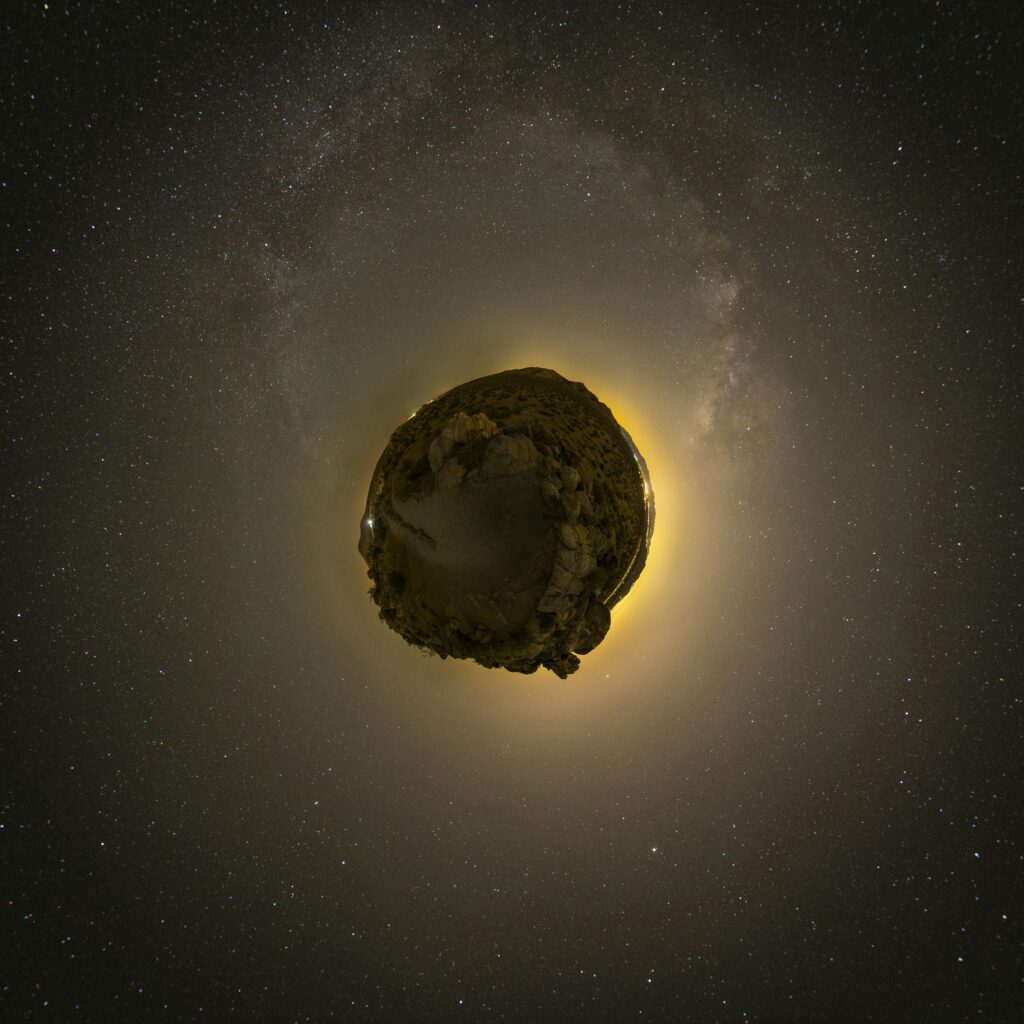China has taken a bold new step in its space program by launching the Tianwen-2 mission, a spacecraft designed to gather material from a near-Earth asteroid and later explore a distant comet. The launch took place early Thursday from the Xichang Satellite Launch Center in southern China. The spacecraft was carried into orbit by a Long March 3B rocket.
The mission’s first target is asteroid 2016 HO3, also known as Kamo’oalewa. This small asteroid orbits the Earth in a consistent and stable pattern, making it an ideal choice for sample collection. The second target is comet 311P, which lies beyond Mars and has been observed releasing strange dust jets. Scientists believe that both of these celestial bodies contain ancient material from the early solar system. By studying these objects, researchers hope to learn more about how Earth formed and where its water might have come from.
China National Space Administration (CNSA) officials said the samples from asteroid 2016 HO3 are expected to return to Earth in about two years. CNSA director Shan Zhongde described the mission as a “major step forward” in China’s space exploration goals. He noted that the probe will unlock valuable discoveries and help expand human knowledge of the universe. The mission is part of a growing trend in China’s space program, which has seen rapid growth over the past two decades.
This is not China’s first major success in space. In 2020, the country became the first to return rock samples from the far side of the Moon. The far side is much harder to reach due to its rough terrain and lack of direct communication with Earth. Still, China’s Chang’e-5 mission managed to land, collect samples, and bring them back safely. The success of that mission gave China a huge boost in space science and technology.
China’s space program has also been forced to develop independently. Due to a U.S. law passed by Congress, NASA is blocked from working directly with China’s space agency. As a result, China has created its own solutions, including building the Tiangong space station after being excluded from the International Space Station. Tiangong, which means “Heavenly Palace,” now hosts astronauts and research projects. Crews live and work there, testing life support systems and studying how humans can survive long missions in space.
China launched its first astronaut into space in 2003. Since then, the country has made big leaps. In 2019, China landed a rover on the Moon’s far side. In 2021, it became only the second country to land and operate a rover on Mars. Now, with Tianwen-2 heading toward deep space, China is showing the world it can keep up with the best. The mission also sets the stage for even bigger projects. Officials say China plans to send astronauts to the Moon by 2030 and eventually build a base there. Another future mission, Tianwen-4, aims to explore Jupiter and its moons, though details about that plan have not yet been made public.
The Tianwen-2 spacecraft is designed for a long journey. It will first travel to asteroid 2016 HO3, where it will attempt to land, drill into the surface, and collect samples. Then, it will launch off the asteroid and continue toward comet 311P. That comet is of special interest because it behaves in strange ways. It spins fast and releases jets of dust, which make it look like a mini version of a spinning sprinkler in space. Scientists still don’t fully understand why it acts this way, so a closer look could lead to big discoveries.
Studying asteroids and comets is important for many reasons. These space rocks are among the oldest things in the solar system. They have not changed much over time, so they hold clues to the past. Some of them may also carry ice or organic material, the building blocks of life. Learning more about them could help answer key questions about where life on Earth began.
China’s interest in deep space exploration also has a practical side. Missions like Tianwen-2 help the country develop new space technology, which can be used for both science and national defense. The program is run by the People’s Liberation Army, and its dual-use goals reflect China’s growing desire to lead in both civilian and military space activities.
The rise of China’s space program comes at a time when more countries are joining the space race. India recently landed a craft near the Moon’s south pole. The United Arab Emirates sent a mission to Mars. Even private companies like SpaceX and Blue Origin are helping expand access to space. But China’s state-run efforts stand out for their speed, ambition, and focus on long-term goals.
The Tianwen-2 mission will face many challenges. Traveling to deep space, landing on a moving object, and returning material safely to Earth are all risky tasks. But China’s track record suggests it is ready. If successful, Tianwen-2 will make China one of only a few countries to collect asteroid samples. The mission also shows that China is serious about joining the world’s top space powers.


